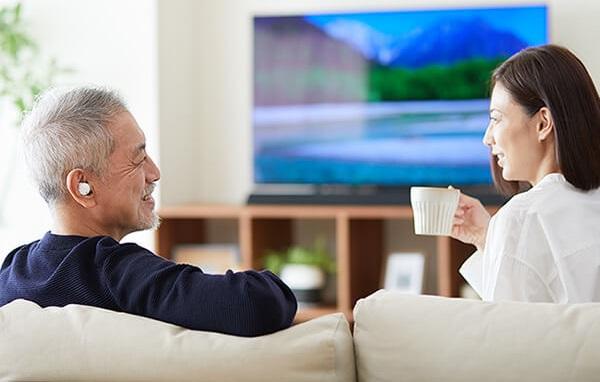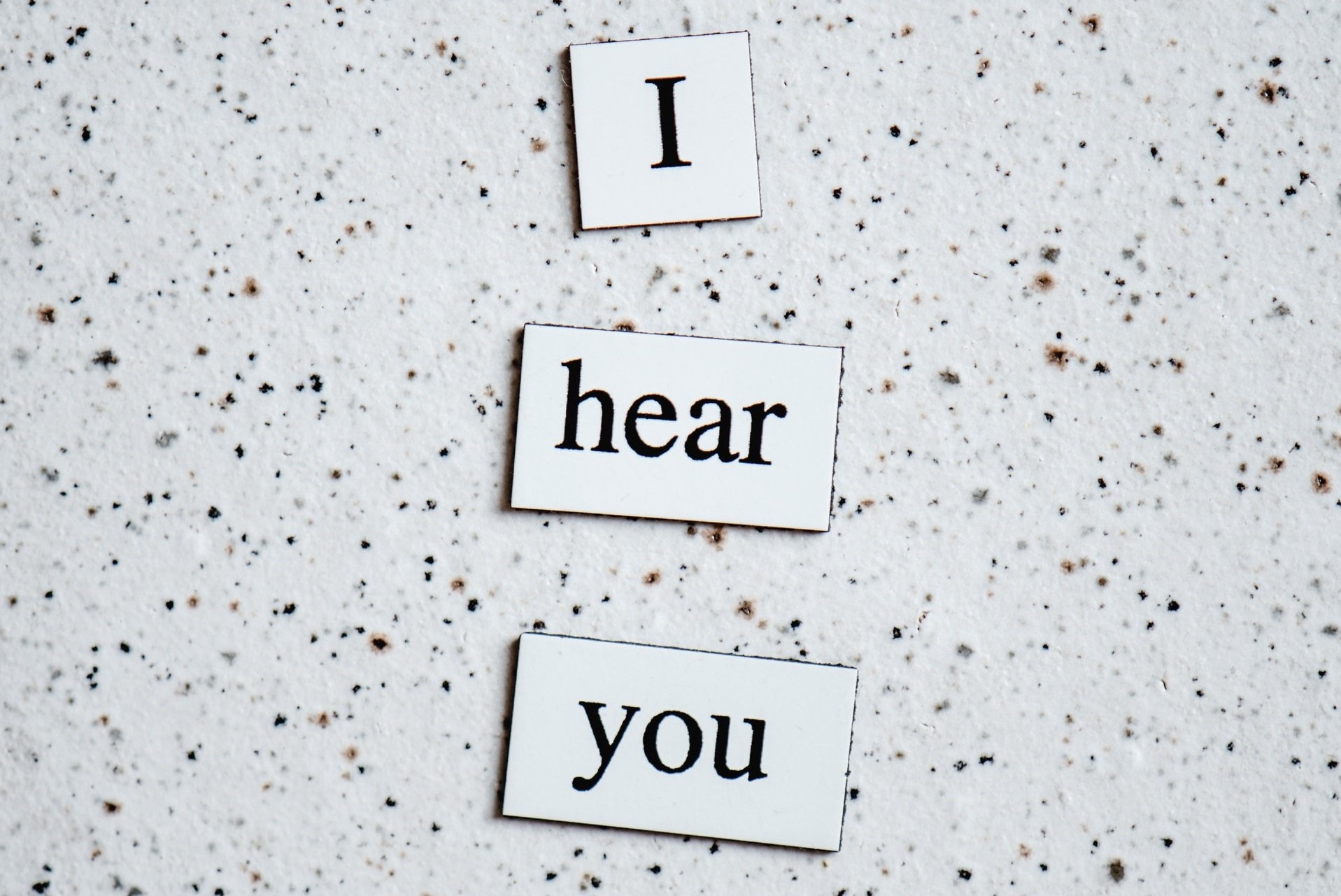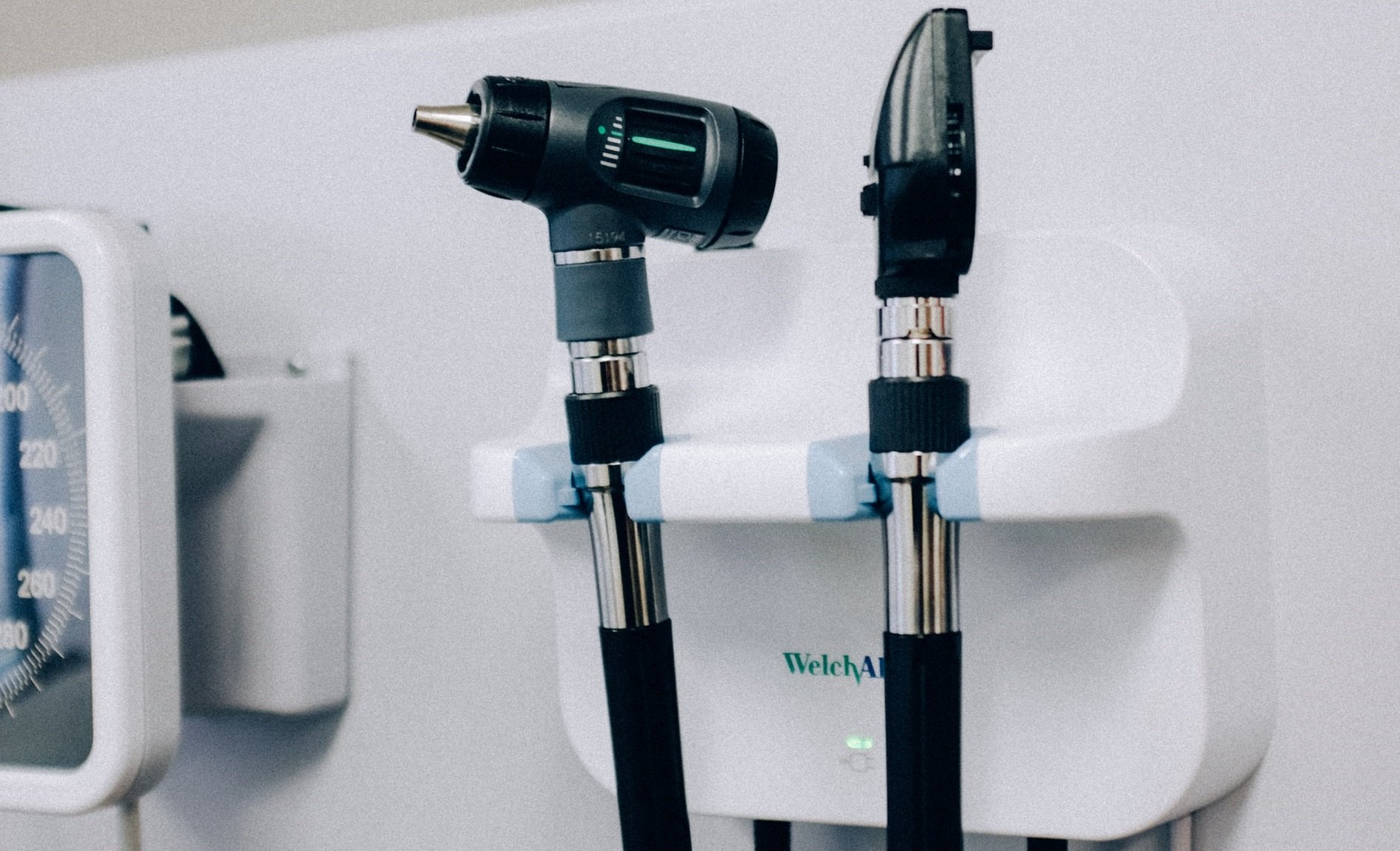
Hearing amplifiers, or personal sound amplification products (PSAPs) work great for people who want a little boost to hear things louder. They allow you to essentially zoom in on sounds you can already hear and give them a bit of a boost. They’re perfect for activities such as bird watching, hunting, or watching the TV at a low volume to not bother others.
In-ear amplifiers are especially great because they offer a complete package that fits right in your ear – no cumbersome battery pack or other electronics fitted behind your ear. And these days, in-ear amplifiers are more powerful than ever and come with loads of features. But how do they work?
Contents [hide]
How Do Hearing Amplifiers Work?
In-ear amplifiers, much like other styles of hearing amplifiers, consist of three main parts: a microphone, amplifier/processor, and a speaker. External sound is received through the microphone, and the sound is converted into digital signals.
These signals may be altered in a processor, depending on the model of the hearing amplifier and built-in features, before being sent to the amplifier. The amplifier boosts the signal and transmits the sound to your ear via the speaker. With in-ear amplifiers, all of the electronic components are contained in a plastic casing that fits right into your ear.
In-ear hearing amplifiers are intended to amplify sounds for recreational purposes, such as when enjoying nature on a hike or attending a lecture, performance, or movie, especially if the user is far from the source of sound. They sometimes include options such as high and low amplification modes, volume adjustment, noise reduction, and the ability to adjust settings based on your environment.
Features of Hearing Amplifiers
Many hearing amplifiers on the market today, including in-ear amplifiers, contain Bluetooth technology. Bluetooth enables devices to communicate wirelessly via radio signals. What this means for Bluetooth enabled hearing amplifiers is that you can pair your amplifiers with your smartphone or tablet and stream the audio from movies, TV shows, and music directly to your hearing amplifiers. This effectively allows your hearing amplifiers to double as earbuds or headphones.
Pairing with your smartphone via Bluetooth also means that you can easily answer and take phone calls directly through your hearing amplifiers – so all the technology of hearing amplifiers, earbuds, and a Bluetooth headset are all contained in one device.
Many hearing amplifiers on the market today include an app that is freely downloadable onto your smartphone or tablet. When paired with your hearing amplifier, you can make adjustments to and customize the performance of your amplifier directly from the app.
For instance, Olive Union’s Smart Ear, which is an in-ear hearing amplifier, offers an app that includes many features to help get the most out of your device. The app features a hearing test that calibrates the Smart Ear to your hearing. The app also includes further customization of your hearing experience with a 16-channel equalizer, feedback cancellation, and active noise reduction. This app and others like it, essentially allow your smartphone to become a remote control for your hearing amplifier.
Hearing amplifiers also come with accessories that make using your device easier. These usually include a carrying case for portability, an array of different ear tips which allows users to find the best fit for their ears, and a charging station.
Hearing Amplifiers are Not Hearing Aids
It’s important to note that although hearing amplifiers increasingly perform many of the same functions of hearing aids and sometimes more, they are not hearing aids. Hearing aids are Class 1 medical devices that are regulated by the Food and Drug Administration (FDA). They are manufactured and programmed for a person’s specific hearing loss and are distributed by hearing healthcare professionals, such as licensed audiologists. They require an examination and a hearing test to be prescribed.
Hearing amplifiers, however, can be purchased over-the-counter without the need for a prescription or hearing test. They are customizable to a degree, but are not programmed by a hearing professional for a particular person’s hearing loss patterns.
While both hearing aids and hearing amplifiers are wearable devices that have similar technology and function, approved hearing aids should never be substituted for hearing amplifiers. So, although hearing amplifiers can help people hear better, only hearing aids are intended to improve the hearing of an individual that is experiencing hearing loss. Hearing amplifiers are intended for individuals with normal hearing, to amplify sounds in the environment for largely recreational purposes.
What’s Right For You?
Hearing healthcare professionals recommend that you should only purchase a hearing amplifier after you determine that hearing loss is not the reason you are buying one. If you are experiencing hearing loss and attempt to use a hearing amplifier as a hearing aid, you could end up doing more harm than good. For instance, using a hearing amplifier might cause you to delay seeking treatment for what may be a treatable hearing condition. Delaying treatment might cause the condition to worsen or for other complications to develop leading to further hearing loss.
You may be experiencing hearing loss if you exhibit any of the following signs:
- People report that you are shouting during conversations
- You need the TV turned up louder than others do
- You frequently ask people to repeat themselves
- You feel you have to strain to hear, and you miss portions of conversations or some words sound mumbled
- You can’t hear higher-pitched sounds, such a chirping birds, a dripping faucet, or high musical notes
If you suspect that you may be experiencing hearing loss, you should have your hearing examined by a hearing healthcare professional, such as a licensed audiologist. An audiologist will administer a hearing test which will determine if your hearing is deficient, and what may be causing your hearing loss.
Many hearing problems are treatable: impacted earwax is easily removed; tumors can be surgically treated. If nothing is obstructing your ear canal, then you may be experiencing sensorineural hearing loss due to aging, exposure to loud noises, or many other reasons. Your audiologist will determine if you are a candidate for hearing aids.
The information in this guide has been written using the following reliable sources:
https://www.oliveunion.com/products/smart-ear
https://www.nidcd.nih.gov/health/hearing-aids
https://www.hear.com/resources/hearing-aid-technology/hearing-aids-vs-hearing-amplifiers
https://www.aarp.org/health/conditions-treatments/info-2015/hearing-amplifiers-psaps.html
https://www.healthyhearing.com/report/51934-The-case-against-personal-sound-amplification-devices
https://www.listen-2-life.com/blog/sound-amplifiers-versus-hearing-aids-what-s-the-difference/








